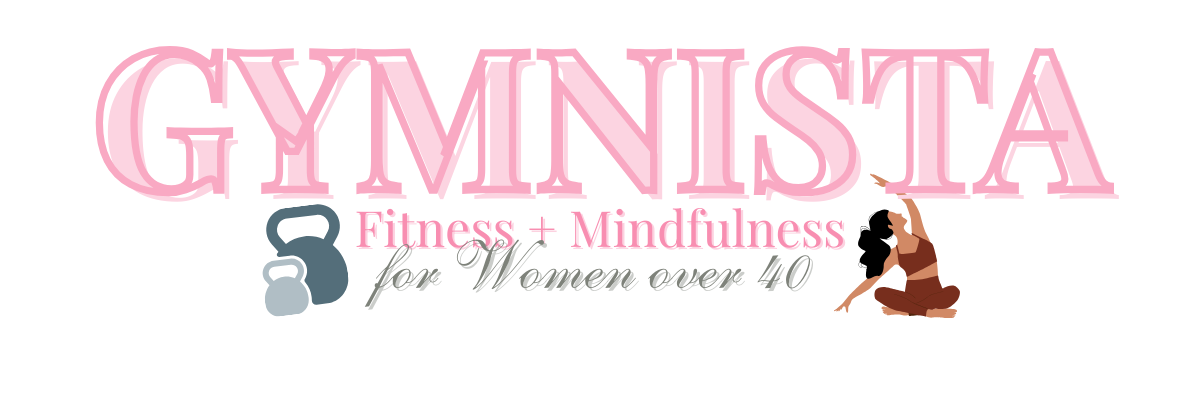If you’ve been working hard on your fitness after 40 and the scale refuses to budge, here’s something you need to know: the scale is not the full story.
As women enter their 40s and 50s, hormonal shifts, muscle loss, and slower metabolism can change how weight shows up on your body and how your body responds to training. It’s easy to get discouraged when the number won’t move, but here’s the truth:
Real progress isn’t measured by the scale.
When your goal is strength, longevity, and feeling great in your body, there are far better ways to track your wins.
Why the Scale Can Be Misleading in Midlife
The scale measures weight, not body composition. It can’t tell the difference between fat, muscle, water, and bone.
Here’s why that matters:
- Muscle is denser than fat. When you build muscle and lose fat, your body may shrink while your weight stays the same.
- Hormonal changes cause water shifts. Midlife fluctuations in estrogen and progesterone can cause bloating and water retention that temporarily raise your weight.
- Daily fluctuations happen. Meals, hydration, and even your sleep can swing your weight 2–5 pounds in a single day.
So if you’re gaining strength, your clothes fit better, and you have more energy — but the scale hasn’t moved? You’re still making major progress.
What Actually Matters More Than the Scale
Try tracking these powerful non-scale victories (NSVs) instead:
1. Strength Gains
Can you lift heavier dumbbells than you could a month ago? More reps or sets? That’s progress you can feel — and it signals you’re building metabolism-boosting muscle.
2. Body Measurements
Track inches at your waist, hips, thighs, and arms monthly. Many women see inches drop even while their weight stays steady.
3. Energy & Mood
Are you less tired during the day? More confident? Strength training has powerful effects on energy, mood, and mental clarity.
4. How Clothes Fit
Feeling more comfortable in your favorite jeans is often the first sign of body composition changes.
5. Recovery & Mobility
Less soreness, fewer aches, and improved flexibility all mean your fitness is improving — even if the scale doesn’t show it.
How to Shift Your Mindset
Breaking up with the scale takes practice, especially if you’ve spent years letting it define your progress. A few tips:
- Set performance goals, not weight goals. Try “deadlift 50 lbs” or “3 workouts per week” instead of “lose 10 pounds.”
- Track wins weekly. Keep a journal of NSVs so you can see how far you’ve come.
- Celebrate consistency. Showing up for yourself matters more than a number.
Redefine Progress With a Program Made for Midlife
In your 40s and 50s, fitness is about building strength, confidence, and energy — not chasing a number on the scale.
My Fitness Over 40 Program is designed specifically for women navigating midlife. It focuses on smart strength training to help you gain lean muscle, lose inches, and feel amazing in your skin — whether the scale moves or not.
Because real progress is measured in strength, not pounds.
0